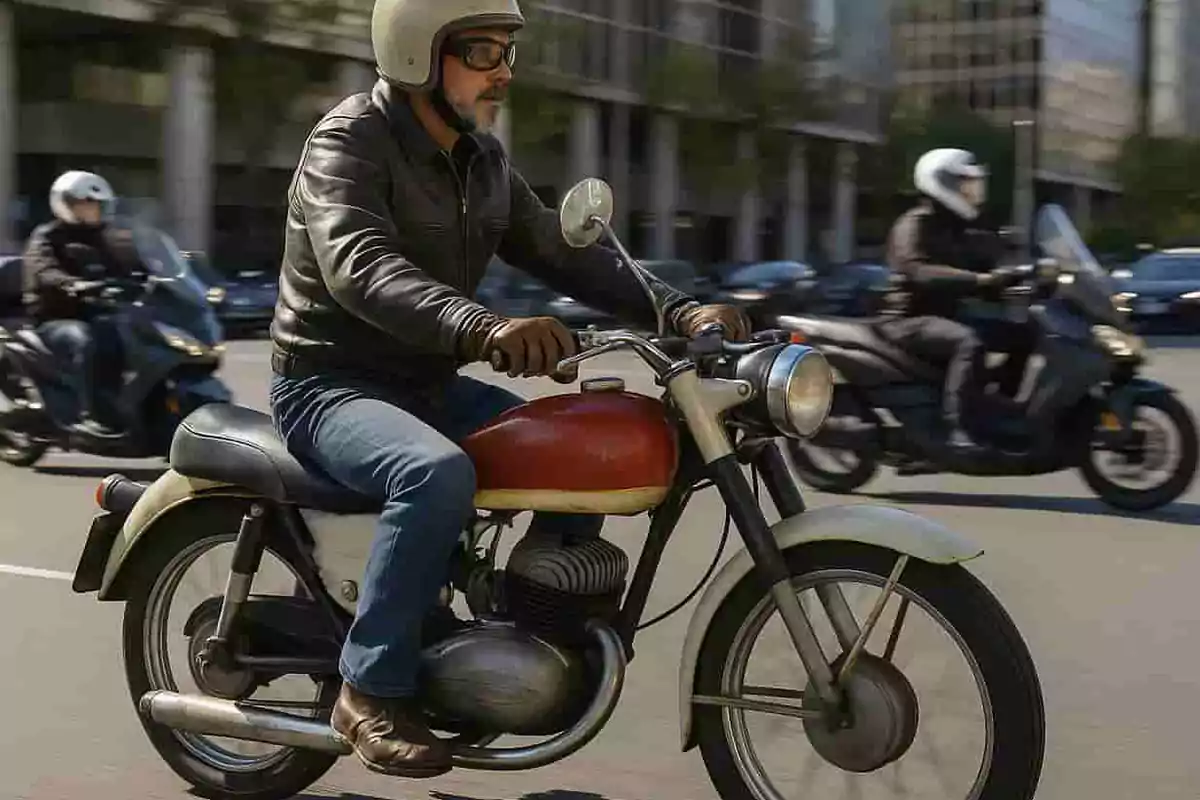
The grandfather's way: how to legalize an old motorcycle without registering it again
The legislation allows the rehabilitation of a deregistered motorcycle to classify it as historic
We receive many questions about the new historic registration. A very common question is whether I can register a motorcycle I own as historic, even though I don't know what year it was registered.
The answer is very simple: no. No, but yes. You can't register a motorcycle that's already registered.
However, you can rehabilitate, transfer, and legalize that motorcycle so you can ride it, which is what matters to you.
In fact, you can legally recover an old motorcycle that was permanently de-registered. We'll explain how to do it step by step.
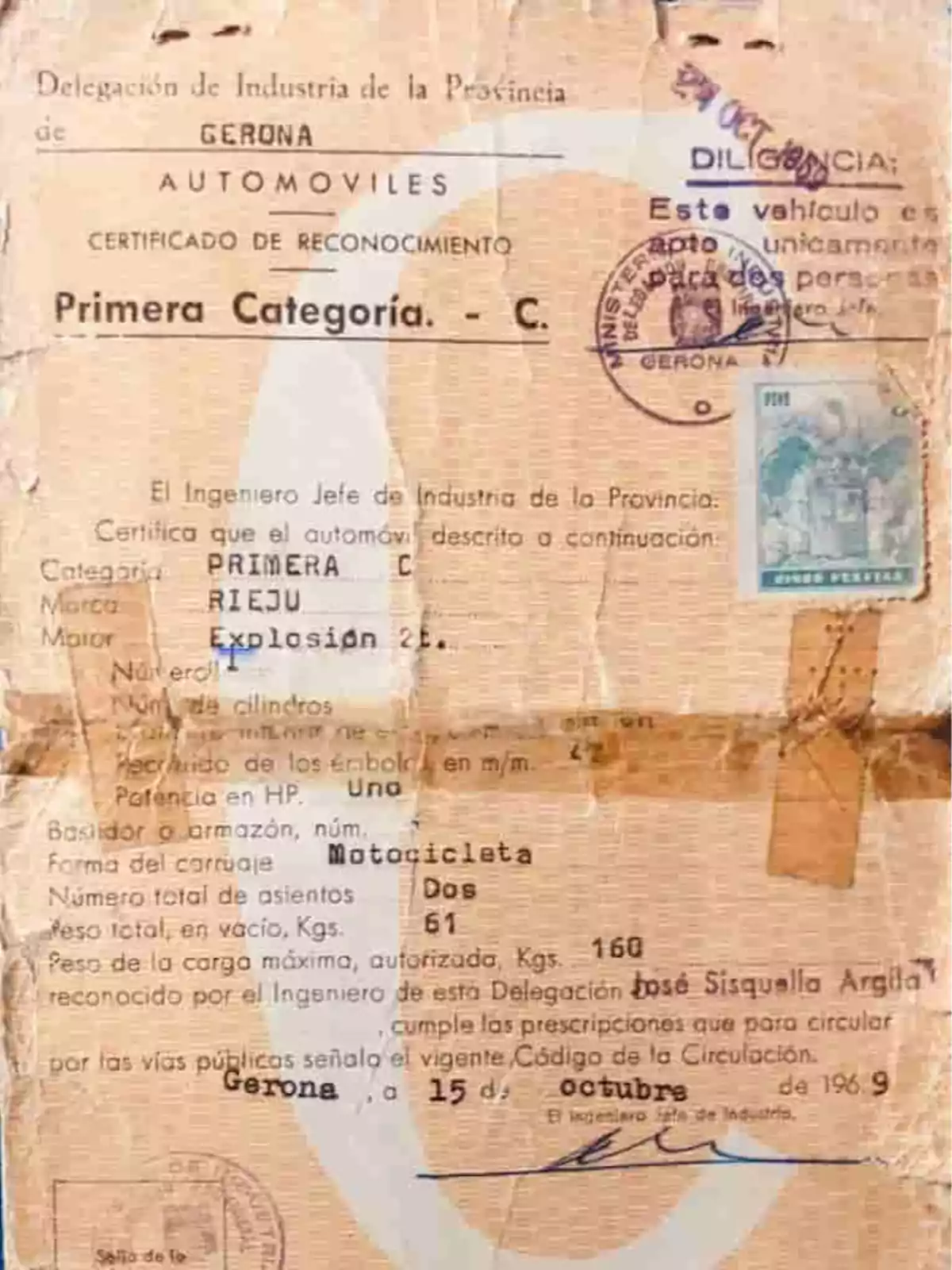
This is done through a process called rehabilitation.
The first step is the vehicle inspection
Every motorcycle that wants to be on the road needs a technical data sheet. If it's been permanently de-registered, that technical data sheet is no longer valid.
The rehabilitation process begins at the vehicle inspection. There, you'll be asked to do a preliminary rehabilitation inspection.
You must bring the motorcycle physically. Logically, the motorcycle must be in roadworthy condition and able to circulate.
It will undergo a vehicle inspection. Without documentation and insurance, it will have to be transported by tow truck or trailer.
It must keep the original frame with its chassis number legible. You can't just make a new one: they'll check with a period facsimile to confirm it's the same.
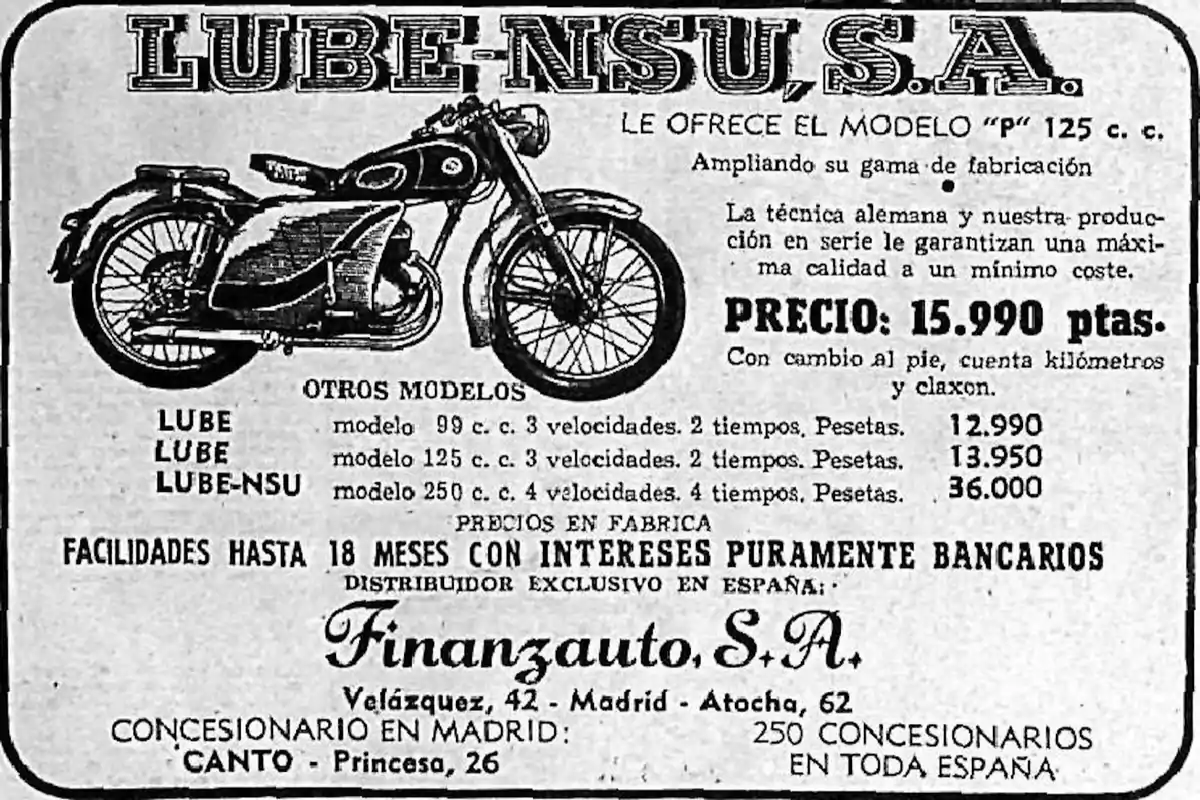
The vehicle inspection will check that the vehicle is recognizable, that it matches its former identity, and will issue a new technical data sheet. Or will rehabilitate the old one if it's in good condition.
If everything is in order, they'll notify the Traffic Department about the rehabilitation of that registration. This is the first step to getting it legally back on the road.
The circulation permit: proving it's yours
The technical data sheet is issued by the vehicle inspection. To rehabilitate a motorcycle, you need something else: you must prove to the Traffic Department that you are the owner. There are several ways to do this, depending on your case.
If you bought the motorcycle at the time and you keep an invoice in your name, you're in luck. That document, with the chassis number clearly shown, is enough.
If you bought it from a private individual, you need a sales contract that includes the name and ID of the buyer and seller, as well as the chassis number.
The IDs must be valid. If the seller can't be located, it won't work.
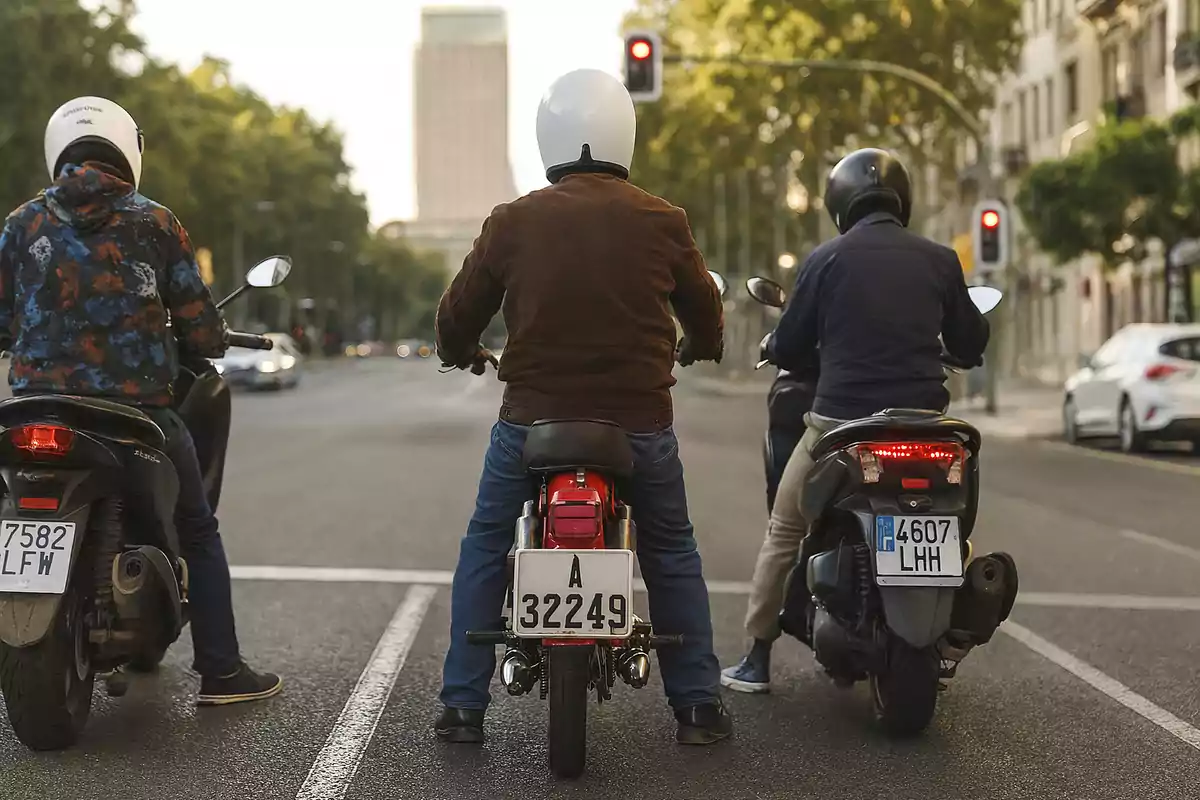
You may not have any of that. Maybe the motorcycle is a gift, an inheritance, or has been in your home for more years than you can count. Even so, there's a solution.
If you can't prove ownership with documents, you can do it with a notarial statement. This is very common in these cases.
You go to a notary, declare that the motorcycle has been yours for more than three years, and provide two witnesses. They will confirm that the motorcycle has been yours during that time.
With that, you'll have a valid document to prove ownership to the Traffic Department.
Taxes: what you have to pay... or not
Like any vehicle, a rehabilitated motorcycle must be up to date with taxes. The first is the Municipal Circulation Tax.
Normally, you'll have to pay it, although in some municipalities there are exemptions for old vehicles. Ask in your municipality. If it's exempt, bring proof, because you'll be asked for it.
The second tax is the Transfer Tax. You must put the motorcycle in your name and complete a transfer. This means paying this tax.
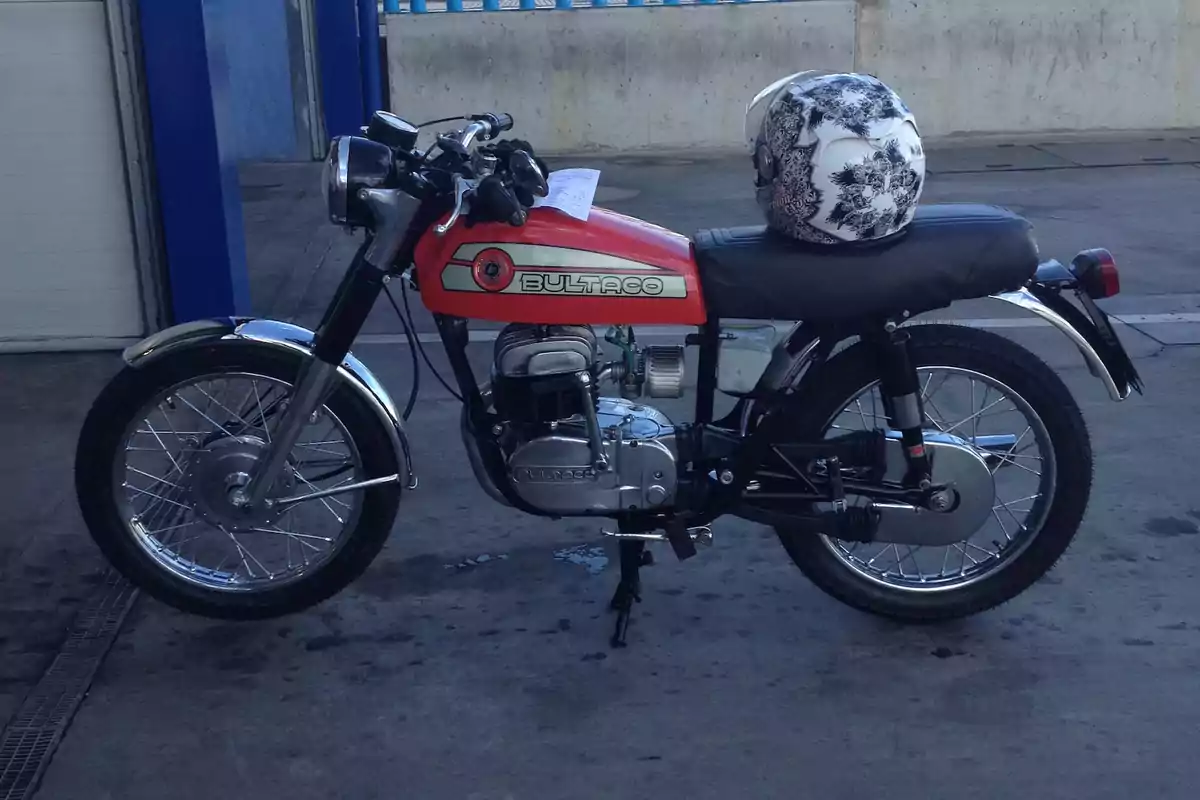
If the motorcycle was already yours and the Traffic Department had it in your name, you'll skip this step. Obviously, you don't have to transfer it.
You'll have to go to the Tax Office with the technical data sheet and the ownership document (contract, invoice, or notarial statement). You'll pay this tax, which varies depending on the value of the vehicle to be transferred.
To the Traffic Department: your motorcycle comes back to life
You now have the technical data sheet from the vehicle inspection, proof of having paid (or being exempt from) taxes, and the documents that prove the motorcycle is yours. All that's left is to take all this to a Traffic Department office. Either in person, online, or through an agency.
You'll submit the rehabilitation and transfer application. If everything is correct, the Traffic Department will issue you a new circulation permit. The motorcycle will be registered and in your name.

With that permit and the technical data sheet, you can now order the license plate (standard, not historic) and purchase insurance. From then on, the motorcycle is ready to legally return to the road.
The most common questions
Is it already registered as historic?
No. That's a different procedure. Our advice is that now, after it's registered, you request the change of service to historic.
Can I use the old license plate?
It's not that you can, it's that you must. It's your motorcycle's license plate.
Do I have to pass the vehicle inspection regularly?
Yes. This rehabilitated motorcycle is not historic. It must pass the vehicle inspection as often as required by its age, like any other.
Can I rehabilitate a motorcycle that wasn't registered?
No. You can register it as historic directly. That's a different and somewhat more complex process.
In summary
If you have an old motorcycle that was de-registered and never went to the scrapyard, you can recover it with a standard rehabilitation process. You don't need to declare it as historic, or go to museums or specialized clubs.
You only need a favorable vehicle inspection, proof that it's yours, pay or justify the taxes, and submit everything to the Traffic Department. That's it: your old motorcycle is legal again.
A second chance for those motorcycles that should never have been forgotten.
More posts: